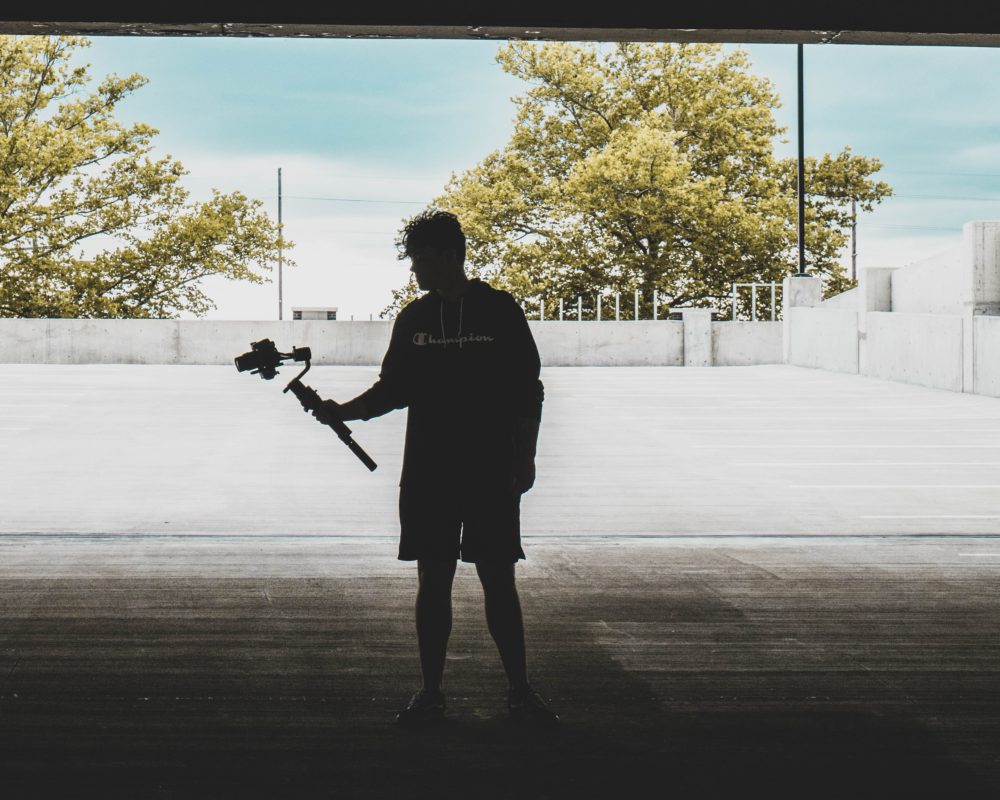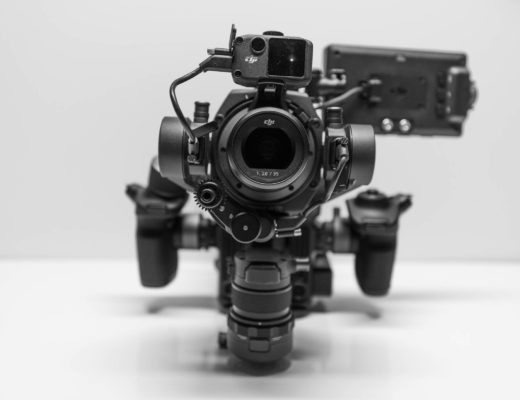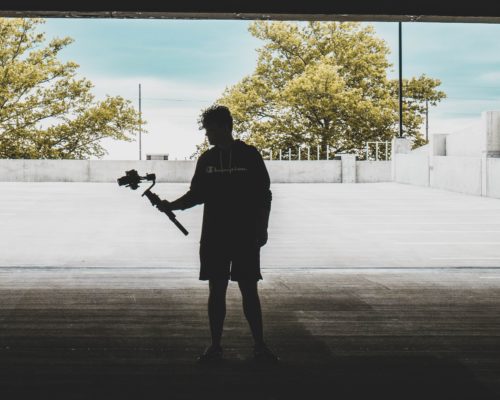
Gimbals are wonderful. They make everything from a jib on a tracking vehicle to a teenager on a skateboard into a stable camera platform, and they’ve made YouTube a lot more watchable by ensuring that anything from an ambitious cat video upward can at least maintain a level horizon. Greybeards will recall that was not always the case with user-generated content, to put it mildly.
It almost seems a shame to introduce a note of dissent, and just as misanthropic to criticise the enthusiasm of the independent filmmaker, perhaps someone who’s recently stripped the wrapping paper off a box made by DJI or Zhiyun and discovered that it’s now possible to put the camera more or less anywhere at more or less any time. Intoxicated by the spectacular camera moves beloved of the giant robot and street racing genres of popular cinema, our hypothetical gimbalist might spend an entertaining afternoon shooting Michael Bay angles of the lounge, complete with the subconsciously-vocalised sound effects that seem right for the most daring crane moves across the couch and occasional table. Fwssshhhh! Anamorphic lens flare. Zing!
A Crippling Shortfall in Giant Robots
Faced with a crippling shortfall in giant robots or street races, though, the enthusiastic, gimbal-equipped short filmmaker might find value in the work of Steadicam maestros like Larry McConkey, whose imposing credit history includes several of filmmaking’s most impressive one-take scenes. Publicly comparing Steadicam and gimbal work is likely to provoke the formation of a pitchfork-wielding mob from one side or both, so let’s agree that there’s a certain amount of crossover in what they can do, and that crossover includes long single shots which take in large amounts of a scene.
With that in mind, it might be no great surprise to learn that the places Steadicam creates problems tend to be the same place that gimbals create problems. For decades, now, high-budget serial television has liked the Steadicam walk-and-talk, in which page after page of dialogue can be covered quickly and straightforwardly and in a way that’s considerably more interesting than having two people talk over a desk in lockoffs.
Sure, viewing a long gimbal shot as an embellishment to otherwise-tedious dialogue scenes is, at least sometimes, a prioritisation of style over substance, but if it works, it works, and that doesn’t make the technique any less valid a way to make a living. On productions which have access to a large standing set that’s self-lit to look great from more or less any angle, production designed throughout and available all day, the walk-and-talk works really well. It can even be made to happen on location, assuming we’ve enough time, gear and people to ensure everything looks good from every angle imaginable.
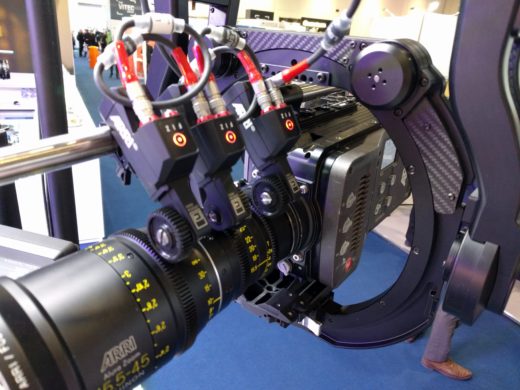
Gimbal all day
On a no-budget short film with intermittent access to a place that only looks good in vignettes, huge run-on shots are an absolute liability whether they’re made with Steadicam, a gimbal, handheld, or even a particularly adventurous dolly. They can reveal the entire environment in seconds, and it’s exactly this situation which will tax our newly-minted gimbal enthusiast both in terms of the resources required to make the scene work, and experience required to use them.
These are also the circumstances most likely to create issues with focus pulling, operating and even the grip work of getting from mark to mark. On the very smallest productions, the operator of a handheld gimbal might end up expected to do all three, to the detriment of everything. New releases such as DJI’s RS 3 Pro offer about as much help with this as any device could be expected to, between lidar rangefinder, automated feature tracking and focus motor integration, but it’s difficult to escape the fact that one person is being asked to do the job that, on a mainstream feature film, would be done by at least three.
That’s before we even consider blocking such a scene with potentially inexperienced actors and director, which is an easy problem to overlook because, like everything, it looks trivial when it’s done right. The solution, as so often, is not technical, it’s philosophical. Before the invention of gimbals, the day rate of a skilled Steadicam operator was not the only thing preventing small production from doing long, single-take dialogue scenes. Introducing gimbals doesn’t magically make difficult scenes easy. The best approach, then, is to recognise the gimbal as what it really is: a way to make marginally usable camera platforms, including people, into much better camera platforms.
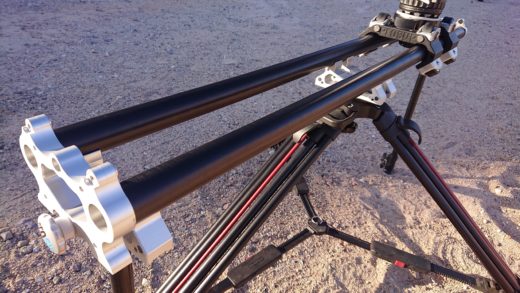
Turning a rickety old wheelchair into what looks much more like a real dolly is a great example. It doesn’t necessarily involve a thirty-second switchback through fifteen different marks, but it is a route to good-looking camera movement that’s very quick to set up and doesn’t necessarily introduce the sort of lighting, blocking or focus pulling challenges that would tax a crew with twenty years’ experience on A-list features. Not incidentally, many gimbals also let someone else operate from a position of comfort, with a cup of coffee and a nice big display, which is no small benefit. Remote heads make that easy if expensive; gimbals democratise it.
Restraint, as so often, is the name of the game. It’s still perfectly okay to leap onto a longboard if that’s what the scene requires, but let’s not assume that every setup in the world needs to involve that longboard doing continuous figure-eights around the action.

Filmtools
Filmmakers go-to destination for pre-production, production & post production equipment!
Shop Now